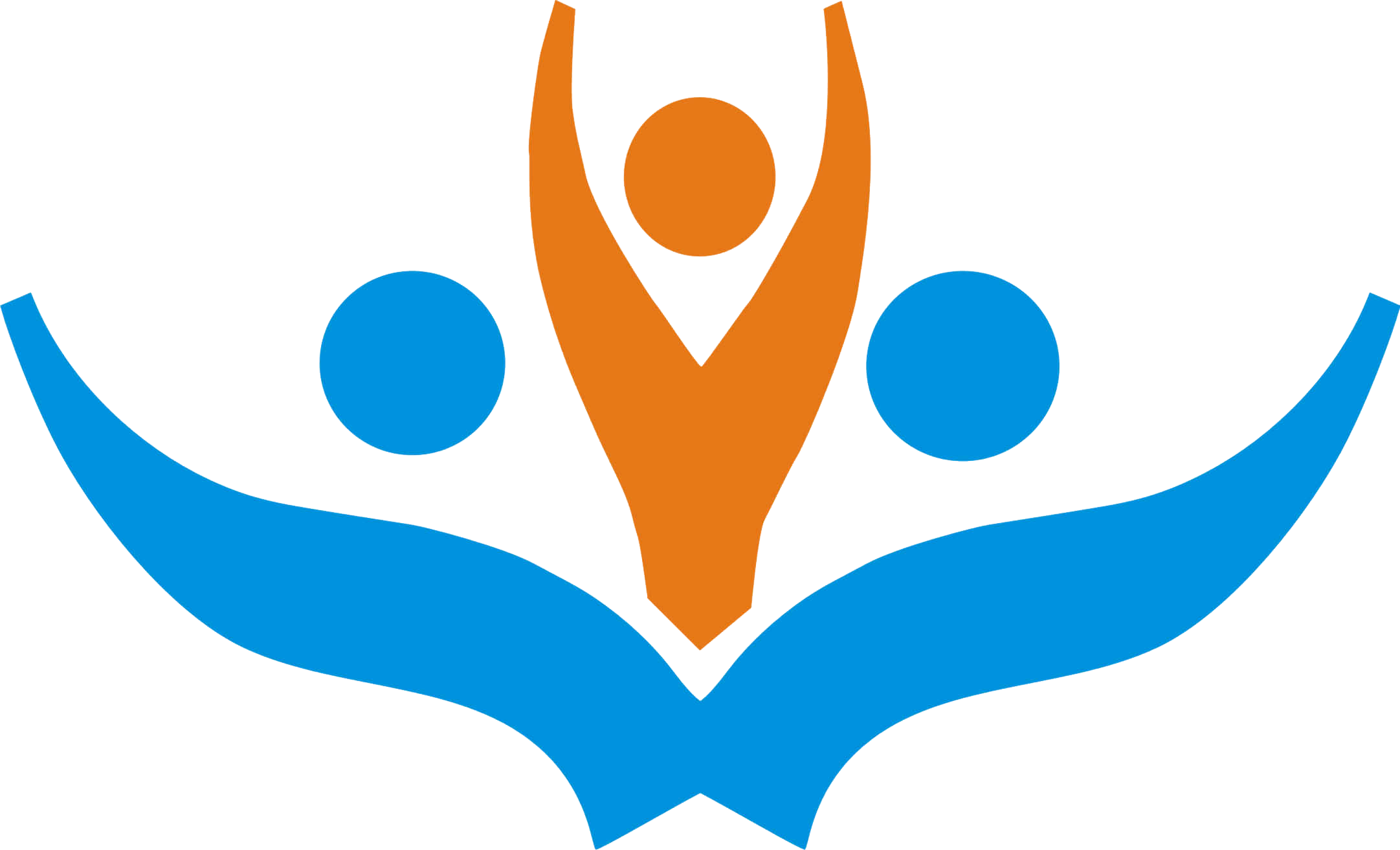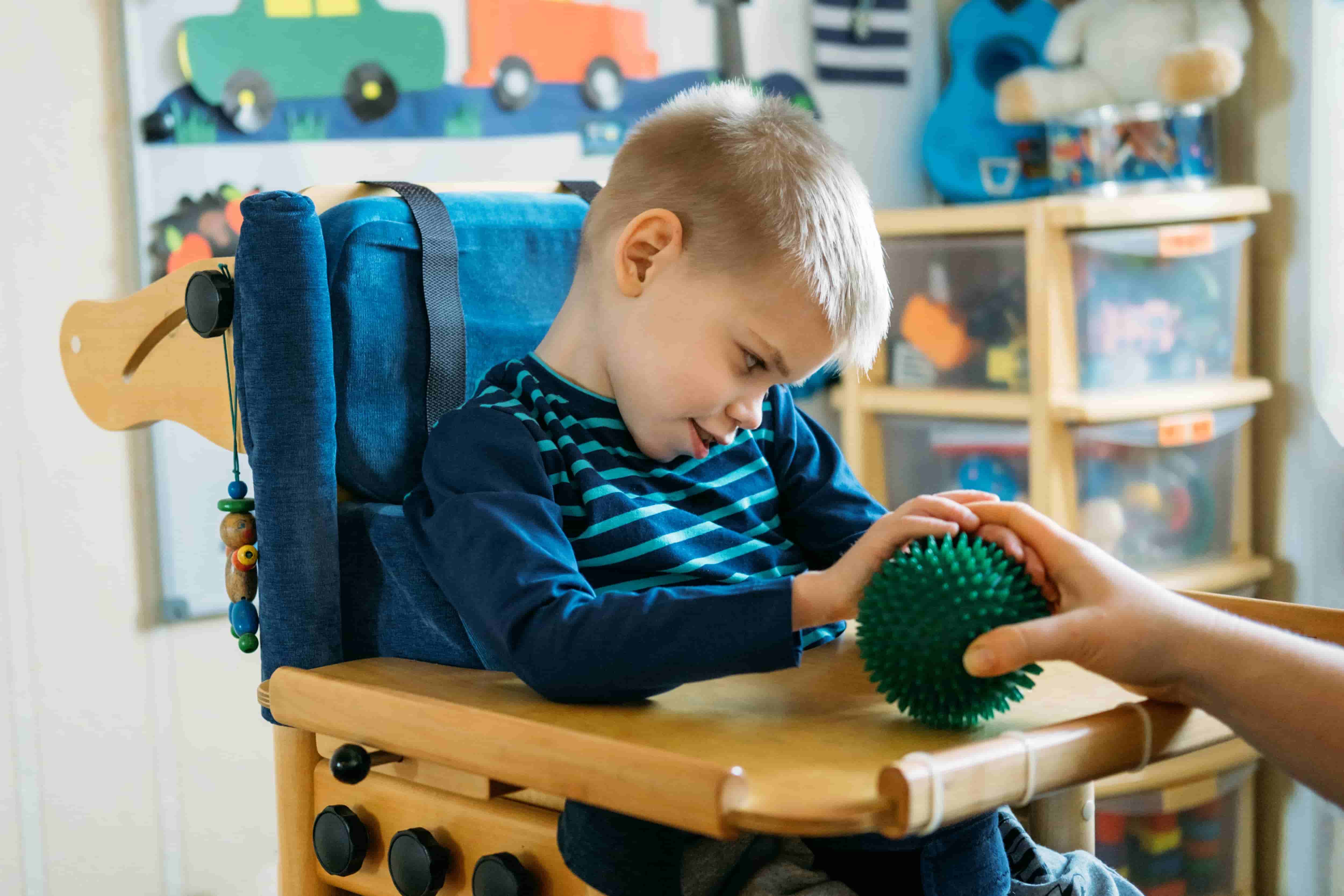
Spinal Muscular Atrophy – Causes and Symptoms
Being the parent of a child with a disability can be very isolating at times where they might not always be able to connect with other parents in a similar situation and having a child with Spinal Muscular Atrophy (SMA) provides them with many different life experiences.
Spinal Muscular Atrophy is a group of genetic (inherited) neuromuscular disorders characterized by loss of nerve cells in the spinal cord that cause muscle weakness and muscles wasting away (atrophy) which intensifies over time affecting the ability to move. There are four types of SMA, characterized by the severity of disease symptoms out of which SMA type 1 (also known as Infantile SMA or Werdnig Hoffman Disease) is the most common and severe, destroys the spinal neurons and occurs in the initial six months of life.
The affected gene in SMA is the ‘survival motor neuron’ gene (SMN1) which produces a specific type of protein required to maintain the health and normal functioning of motor neurons. Babies with SMA type 1 are born with weak muscles, less muscle tone, feeding and breathing problems. Newborn screening facilitates early identification of babies with SMA and the identified ones are immediately referred to confirmatory testing, discussion of treatments and care. Early treatment before to the onset of symptoms gives the best results.
The symptoms of SMA vary from mild to severe and the main symptom being weakness of the voluntary muscles and are a consequence of lower motor neuron loss. The muscles adjoining the center of the body are most affected which include muscles around the shoulders, spine and hips. The characteristics of lower motor neuron disorder include hypotonia, twitching of muscle fibers, decreased reflexes, muscle weakness and atrophy.
Babies with SMA type 1 generally appear to be normal at birth but experience extreme weakness before six months of age. They may only hit a few developmental milestones, including unassisted sitting during their developing years. Affected newborns have weak respiratory muscles and poor suck and swallow reflexes as a result of lower motor neuron loss. Without treatment, affected children typically die before turning two from gradual respiratory muscle weakening and respiratory failure.
Neurologists, medical geneticists, physical therapists, speech therapists, pulmonologists, respiratory therapists, medical social workers, dietitians, psychologists and trained nurses should all be a part of the multidisciplinary team treating SMA. Treatment that slows the progression of the disease (disease-modifying therapy) and therapy that helps control symptoms and enhances quality of life are the two primary pillars of SMA care.
Physical therapy, occupational therapy, monitoring respiratory function and intervening when clinically indicated, nutritional status monitoring and intervention, spine curvature monitoring and intervention, use of orthotics and adaptive devices as necessary are all included in the symptomatic management of SMA. BiPAP (bi-level positive airway pressure) breathing assistance is given to SMA type 1 infants who show symptoms before the age of six months, and mechanical inspiratory and expiratory devices are used to support weak coughs. It has been shown that supportive management prolongs comfort and quality of life.
The amount of other proteins that an individual’s body naturally generates may also affect how severe their SMA is and are referred to as ‘disease modifiers’. Plastine 3 and ZPR1 are two such proteins that have so far been discovered. Affected individuals tend to experience less severe symptoms when they naturally produce more of these proteins.
There is a wide variation in the symptoms and severity of SMA. It is important to remember this when considering the different aspects of human care. No two children are exactly the same so treatment and care plans must be tailored to meet their individual needs.
Preferably, children and adults with SMA should have a team of doctors and therapists specializing in SMA and its specific problems to meet their health needs and allow them to live their lives to the fullest.
At Chetna Foundation works together with interdisciplinary teams to create goals and personalized plans of care that best meet the needs of individuals with SMA and their family members as they change throughout the journey with SMA.
| Tweet |





